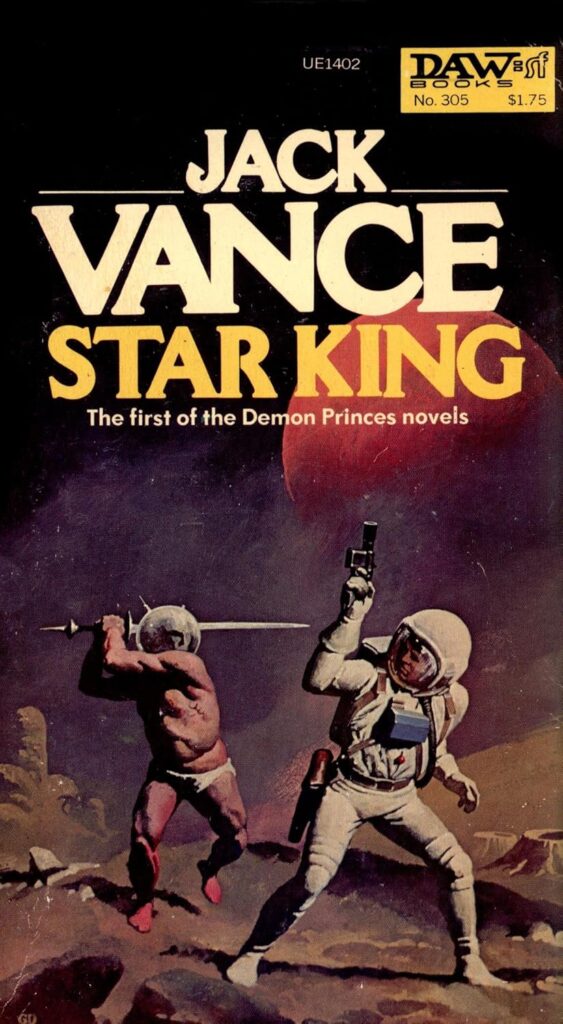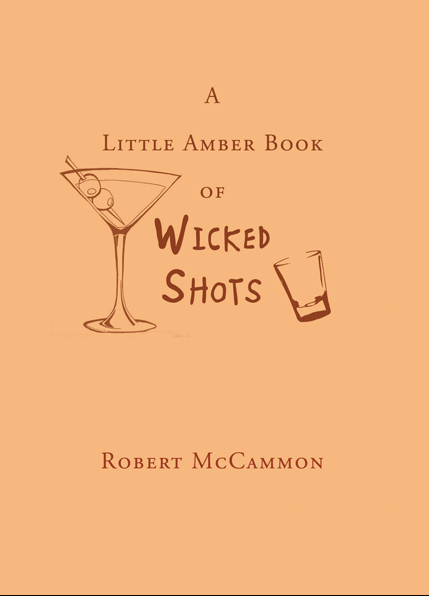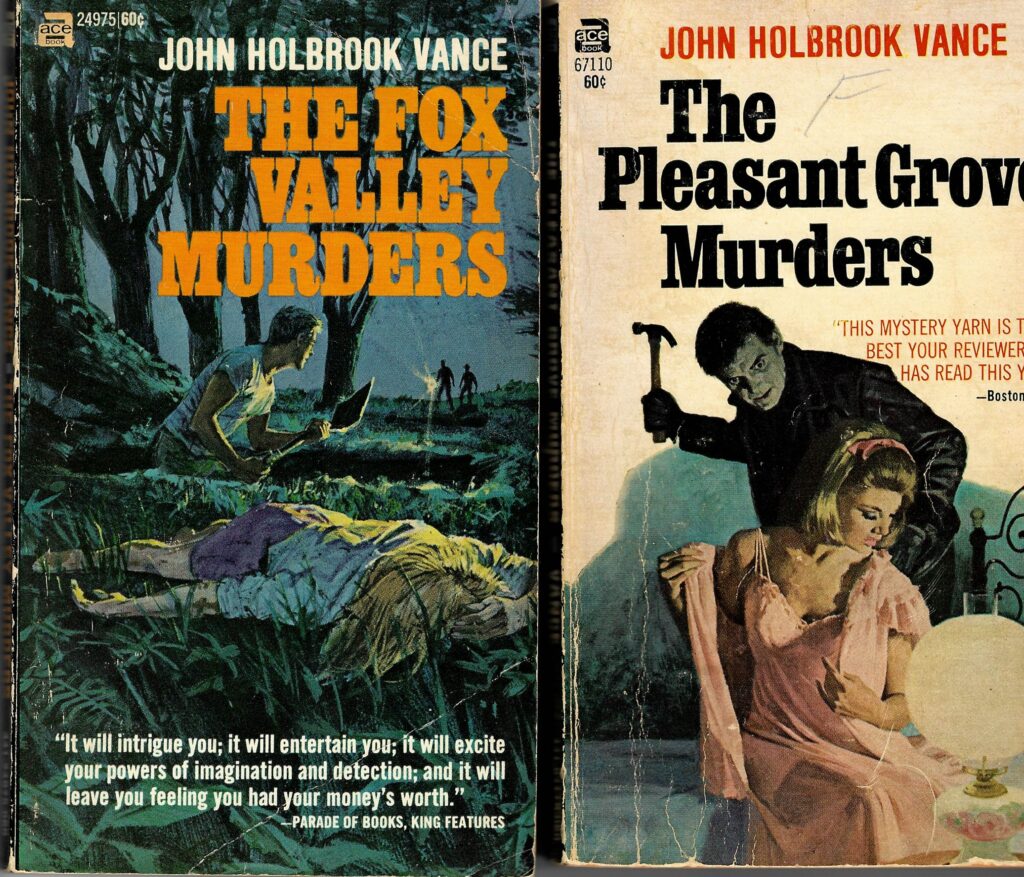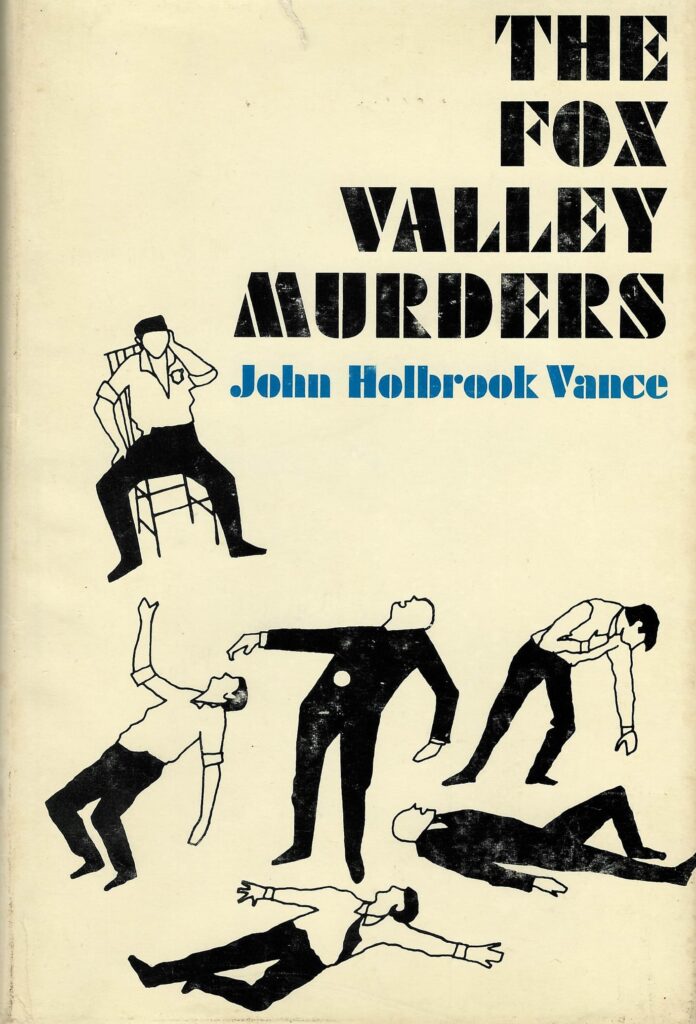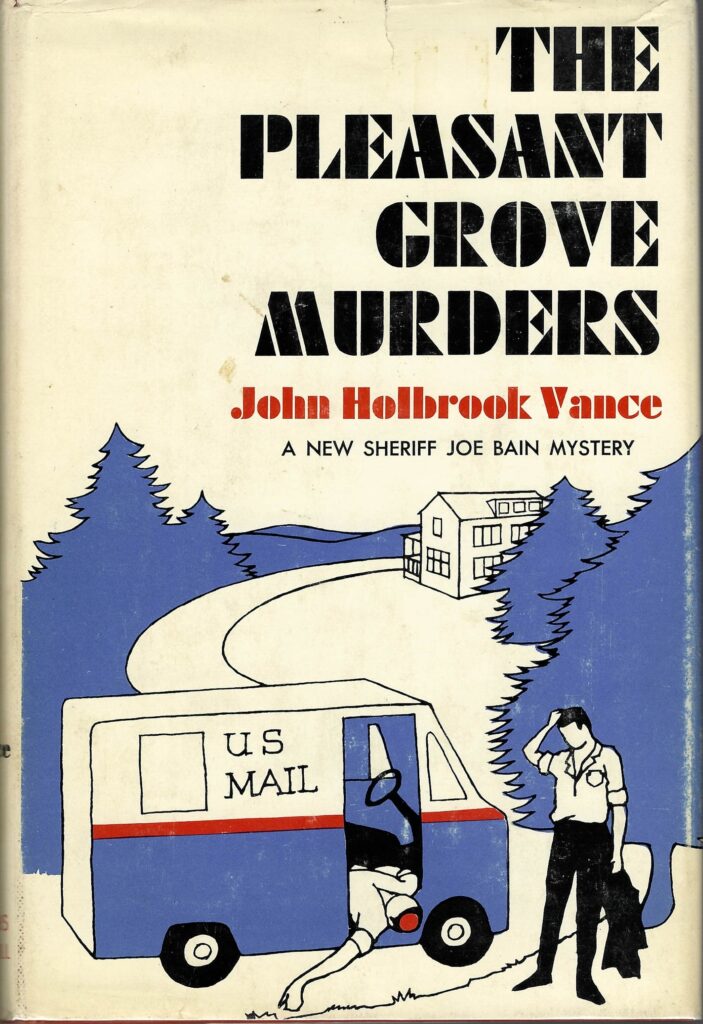Over the years, Gauntlet Press has published many of F. Paul Wilson’s books, often (but not always!) limited to 500 copies, and usually priced at $60 (or higher, if lettered vs. simply numbered and signed). I own the complete set of the main “Repairman Jack” novels from Gauntlet, but at some point I drew the line with the two trilogies of “Young Jack” and “Jack’s Early Years.” The first trilogy was centered around Jack as a teenager living on the edge of the Jersey Pine Barrens. The second trilogy picked up a few years later, as Jack arrived in New York as a college dropout, and before he picked up the “Repairman Jack” monicker.
However, as a result of recent impulsive actions and approachable prices, I now have all three books in one the Gauntlet Press “early years” trilogy, Cold City, Dark City, and Fear City (published between 2012 and 2014). All three are signed books, and fit in nicely with my other Gauntlet Press books. For some strange reason the second book in the trilogy is limited to 400 copies, while books one and three are limited to 500 copies!

Another trilogy, under the monicker “ICE,” includes the novels, Panacea, The God Gene, and The Void Protocol. When I first heard of these books, I went the Tor hardcover route. Then, I found a copy of Panacea online for a bargain price. When I recently stumbled across the Gauntlet Press edition of The God Gene, I submitted a bid and ended up the winner. This copy is marked “M” as part of a lettered edition, vs. the typical numbered editions that I’ve owned of the Gauntlet Press books. Now that I have two of the three books in Gauntlet editions, the third volume beckons.
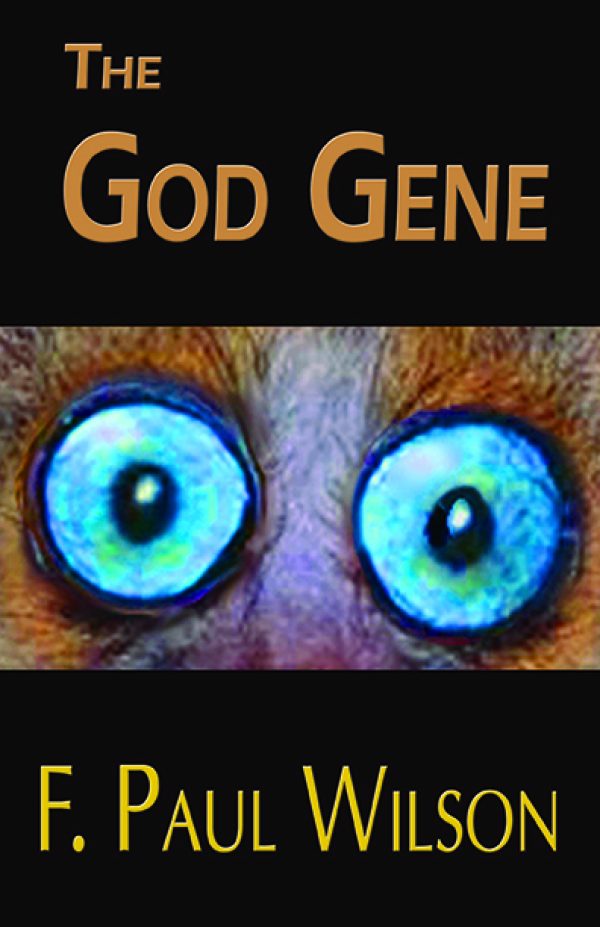
I also bought, at what I consider a reasonable rate, the first book in a(nother) trilogy, one that was a collaboration between FPW and Tom Monteleone, published by Borderlands Press. The trilogy is called the Nocturnia Chronicles, aimed at the young adult market. The first book in this series is called Definitely Not Kansas (published in 2013).
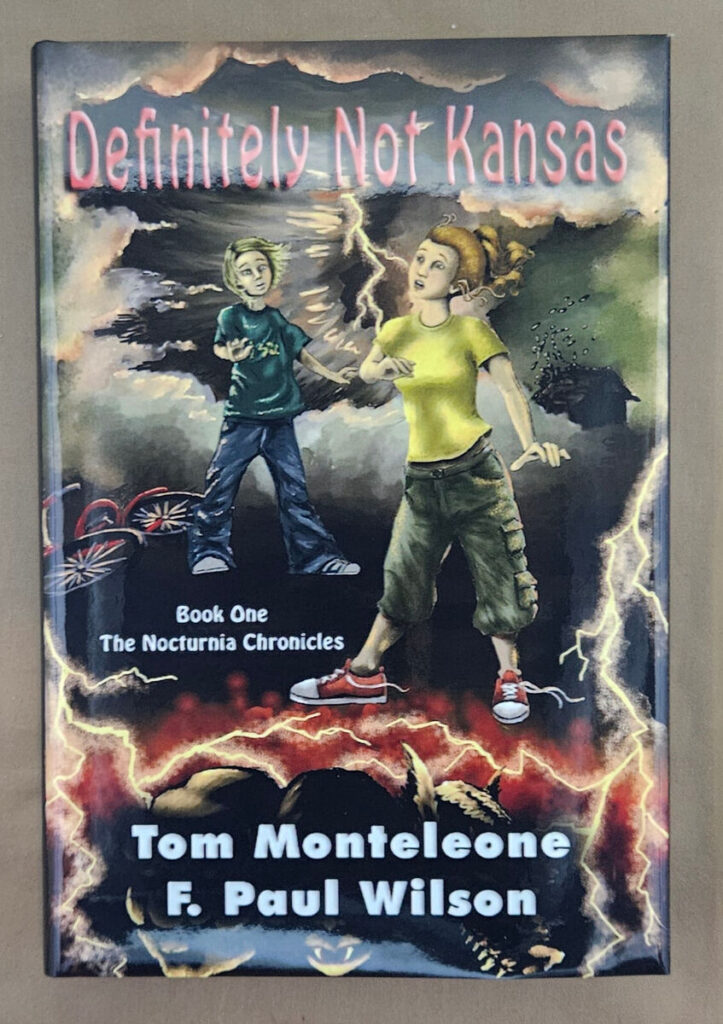
The title seems to be a play on a line from the famous movie, The Wizard of Oz (“Toto, we’re not in Kansas anymore,” if I remember it correctly). The books were published as a collaboration between two small press publishers, Borderlands Press and Gauntlet Press, with the hardcover edition limited to 350 copies, and signed by both authors (paperback editions also were published). The signature sheet is slightly smaller than the book, which is a bit of a head scratcher. The book contains an afterword section by Wilson and Monteleone where they describe how they conceived of the series (FPW’s comments also appear in the third volume of his short story compilation, The Compendium of F). The next two books in this series—Family Secrets and The Silent Ones—now are on my radar.
Lastly, Double Threat and Double Dose were a pair of linked books published by Gauntlet in partnership with Borderlands, in 2022 and 2024. I recently won an online auction for the Gauntlet/BP editions., and read both books over the course of a weekend. They fit into Wilson’s “Secret History” world. While most of the Secret History books take place on the East Coast, these two books take place in the Southern California desert. They’re also a riff on one of his earlier books, Healer, switching the gender of the main character, and placing her in the present vs. somewhere in space in a future history. There are some loose ends in the book that probably never will get resolved, but on the whole they were an enjoyable read. Aside from the link to Healer, there’s also a link to his novella, Wardenclyffe, the ICE trilogy, and maybe some other Easter eggs that I didn’t catch.

As an aside, I have some quibbles with the design team at Gauntlet Press, as well as Borderlands Press. First, there is no consistency with the “City” books in the covers. Neither the spine nor the front cover use a consistent font, with Cold City on the spine in massive bold white text, and Dark City and Fear City in smaller text but one in all caps and the other in title case. When all three books are side by side, aside from the word “city” in the title, they look like they’re published by different companies. Second, why publish two books limited to 500 copies, and one limited to 400? This makes absolutely no sense, but then Gauntlet was never consistent with the Repairman Jack novels. Although most are limited to 500 copies, four are limited to 475 copies, one to 450, and one just to 375. Maybe there are no more than 375 completist collectors…
The same criticism of design consistency could be said for the Nocturnia books; although I only have the first one, I have seen images of the second and third books. If a publisher knows they’re going to have a trilogy on their hands, maybe keep the design somewhat consistent? This isn’t just an issue with these books. The Tor hardcovers of the teenager Repairman Jack started out one way, then completely changed. Maybe that was a marketing move; the person in charge of the first book left, or someone decided they weren’t moving fast enough. In the case of small press publishers, unlike someone like Tor Books, you’re likely not seeing your book in the local Barnes & Noble, so please make it a point to come up with a plan for all the books in that series.
At least Double Dose and Double Threat are somewhat consistent in design, although whoever printed the cover of the first one, clearly didn’t measure the book, as the red border of the spine bleeds at least a quarter of an inch onto the front cover. As far the font used for Wilson’s name on the books, the designer should be ashamed, as certainly they had far better fonts to pick from than a Courier wannabe? Also, the lettered edition of Double Threat apparently merits a bonus “afterword,” which is frustrating. Then again, maybe that was the incentive to shell out more money for that edition.
